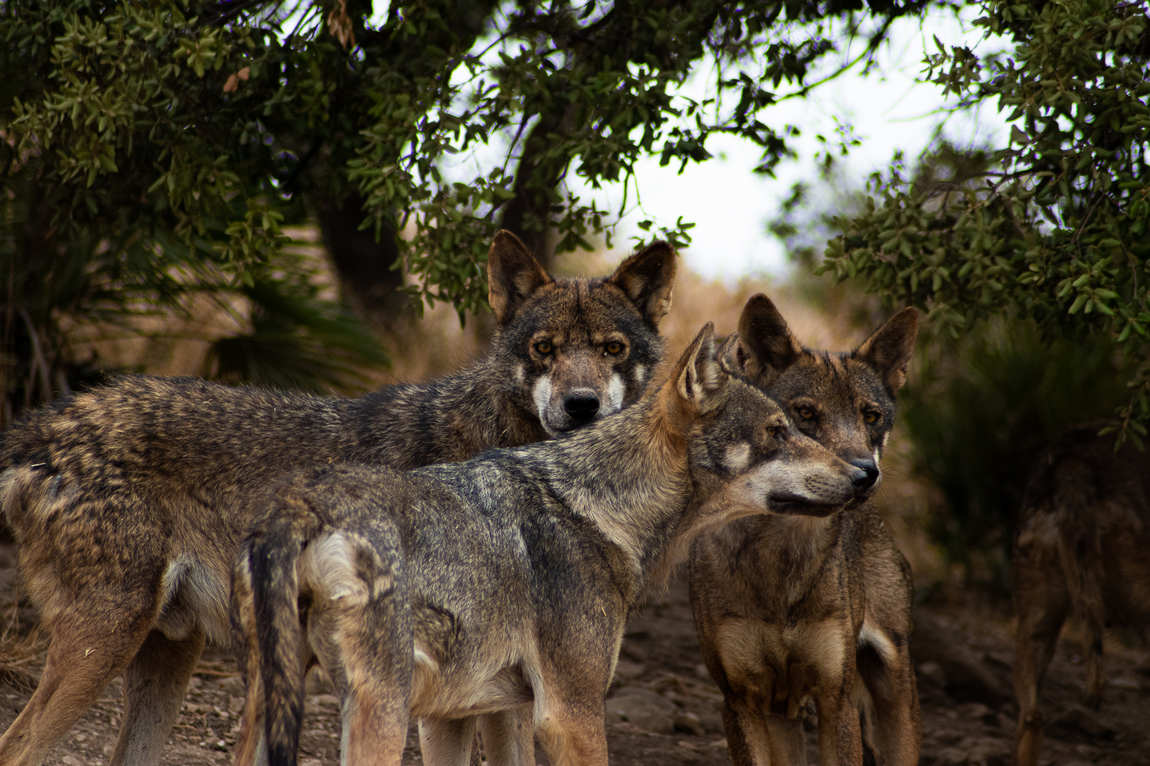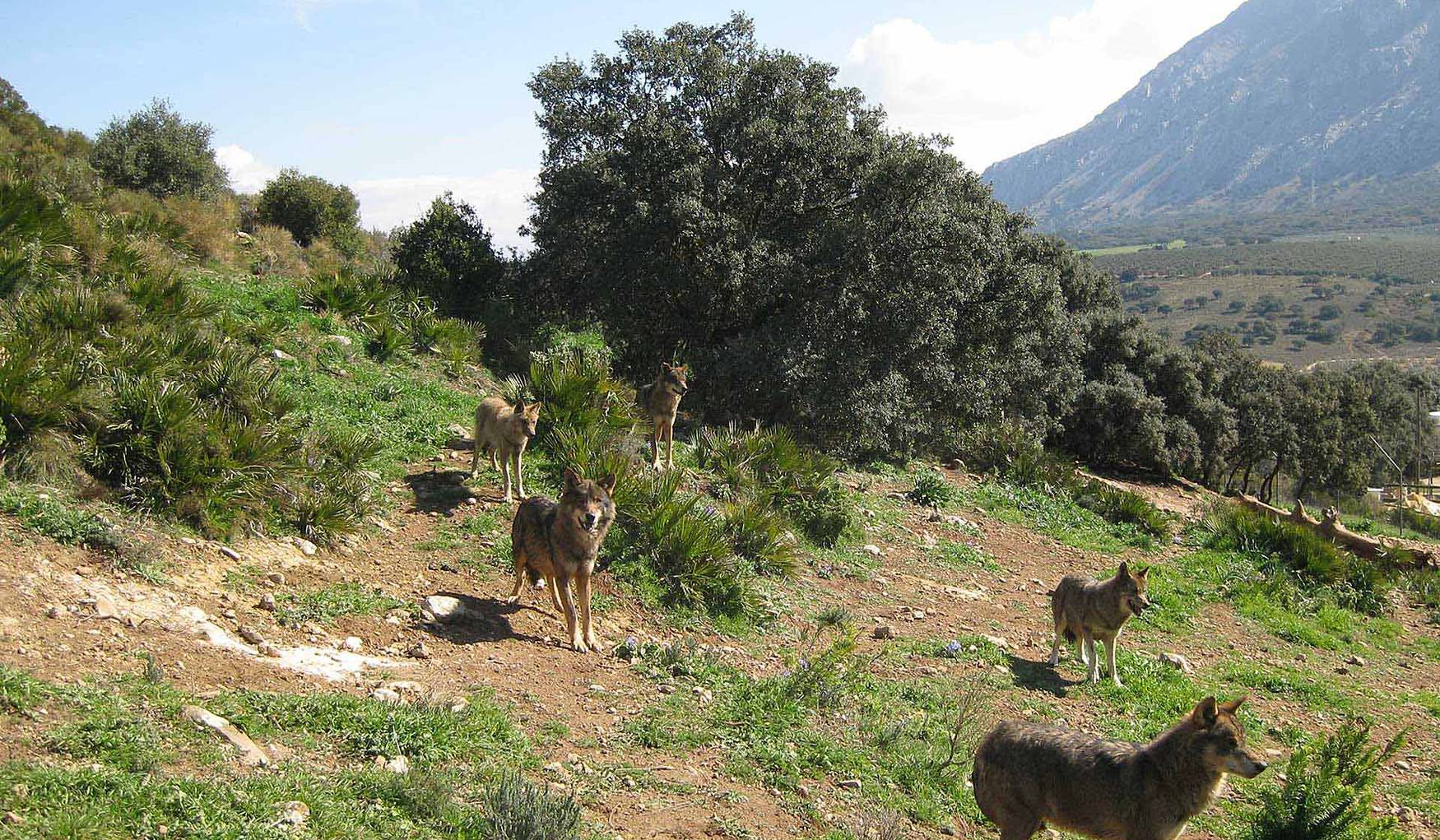Wolves are in almost all major zoos. But watching the animals placed in the aviary, one cannot imagine their life in the wild. You will have a unique opportunity to watch an entire wolf pack in Wolf Park (Lobo Park), located 60 km from Malaga, near Antequera. Finding another similar excursion in the Costa del Sol is difficult, which will amaze children and adults in the same way.

The park opened to the public in 2004. But the first wolves settled here back in 2002. They quickly settled in an area of 400 thousand square meters — wooded area, which is the usual habitat of these representatives of the canine family. Just imagine: in a natural forest, you will observe the behaviour of a pack of wolves, study habits and admire (only very quietly) the beauty and grace of these animals.
In the park, you will see four types of wolves: ordinary, Alaskan, polar and Iberian. Each animal has a nickname, giving a particular attitude towards animals. Imagine a child talking about a photo: “And this is me, the wolf Sebastian and the she-wolf Luna.”
.jpg)
Every year, young animals are born in Lobo Park, and for some animals, the park has become a place of rebirth: they were picked up in the wild, injured or sick. Also, foxes live next to wolves.
The Wolf Park in Antequera can only be visited with a guide — he ensures the walk's safety. The guide will also talk about scientific research on animals of the Canis genus and the way of life of wolves in the wild. The story is in Spanish or English. But the most impressive excursion occurs at night when the animals are especially active. "Wolf howl" — this is the name of the night tour. During it, you will hear different sounds that wolves make to communicate with each other and in other situations.

Visit the gift shop in the Costa del Sol Wolf Park. In it, you will find posters and postcards with close-ups of animals, T-shirts with pictures of wolves, soft toys and other souvenirs.
The city of Antequera, next to which the park is located, also deserves the attention of travellers with children. In it, you can see the ruins of Roman buildings, a Muslim fortress of the XIV century and the Palacio de Nájera, built in the XVIII century.











